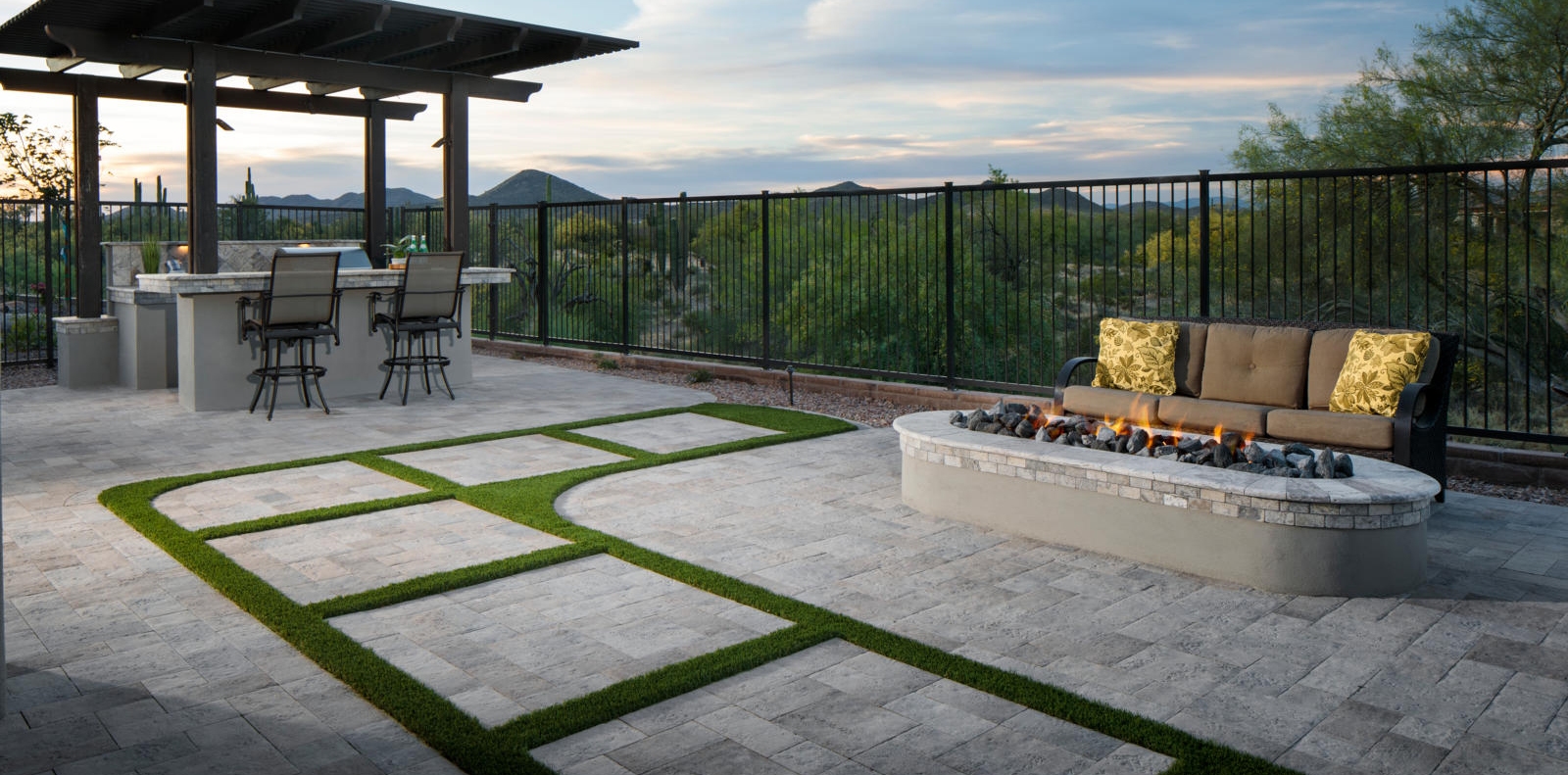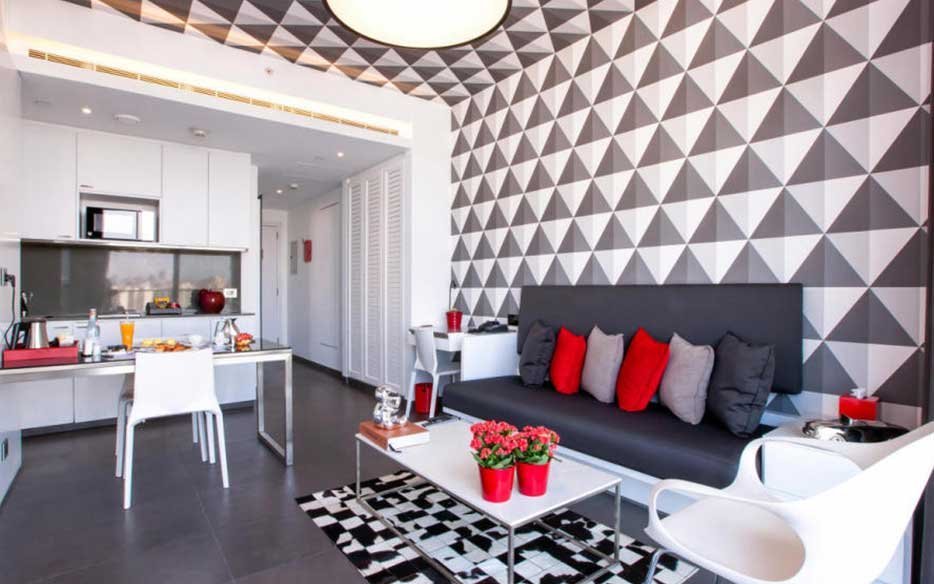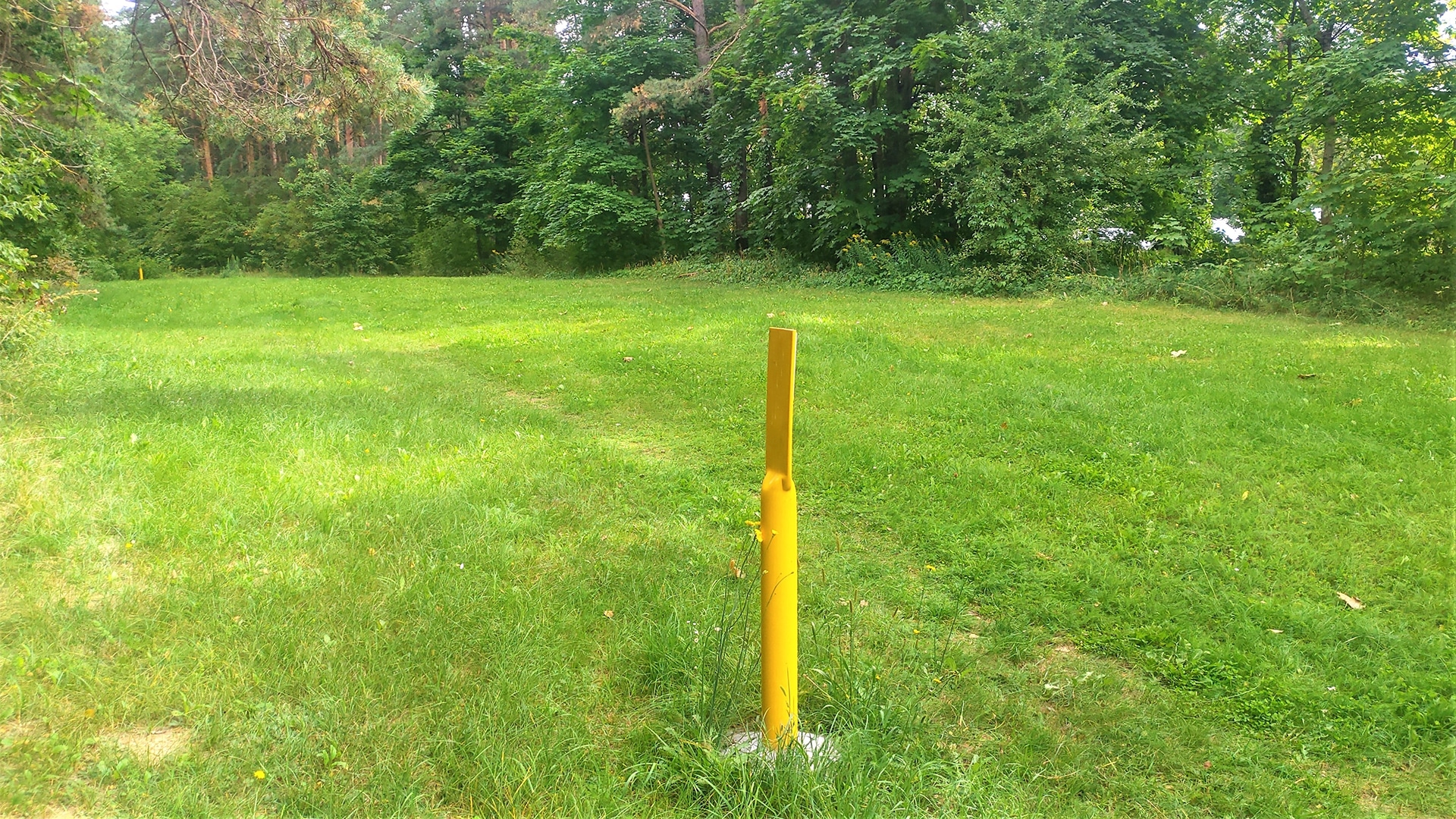
Image Source – Google
Adding hardscape elements to your outdoor space can completely transform it, creating a beautiful and functional area for relaxation, entertainment, and recreation. Whether you have a small patio, a spacious backyard, or a sprawling garden, there are numerous hardscape installation ideas that can enhance the overall look and feel of your outdoor area. From pathways and patios to retaining walls and fire pits, the possibilities are endless.
If you are looking for hardscape installation services then you may hop over to this website https://legacygreensolutions.com/hardscaping/.Let's explore some stunning hardscape installation ideas to inspire your outdoor transformation.
1. Patios and Decks
Patios and decks are popular hardscape features that provide a designated space for outdoor living and dining. They can be made from a variety of materials, including concrete, pavers, stone, or wood, and can be customized to suit your style and preferences.
Materials:
- Concrete
- Pavers
- Stone
- Wood
Ideas:
- Create a cozy seating area with a fire pit or outdoor fireplace
- Add a pergola or awning for shade and privacy
- Incorporate built-in seating or planters for a seamless look
2. Pathways and Walkways
Pathways and walkways not only provide practical access to different areas of your outdoor space but also add visual interest and structure to your landscape. They can be constructed using a variety of materials and designs to complement the overall style of your outdoor area.
Materials:
- Gravel
- Pavers
- Flagstone
- Brick
Ideas:
- Create a winding pathway through your garden for a whimsical touch
- Use different materials to delineate various zones in your outdoor space
- Add lighting along the pathway for safety and ambiance
3. Retaining Walls
Retaining walls serve both a practical and aesthetic purpose in outdoor spaces. They can help prevent erosion, create level surfaces for planting, and define different areas of your landscape. Retaining walls can be built using a variety of materials, such as stone, concrete blocks, or timber.
Materials:
- Stone
- Concrete blocks
- Timber
Ideas:
- Use tiered retaining walls to create a terraced effect in your garden
- Incorporate seating into the design for additional functionality
- Add plants and greenery to soften the look of the retaining walls
4. Fire Pits and Outdoor Fireplaces
Fire pits and outdoor fireplaces are popular hardscape features that provide warmth, ambiance, and a focal point for outdoor gatherings. They come in a variety of styles and sizes, from portable fire pits to built-in fireplaces. Whether you prefer a rustic fire pit or a sleek modern fireplace, there are options to suit every taste.
Styles:
- Rustic fire pits
- Modern fireplaces
- Portable fire pits
- Built-in fireplaces
Ideas:
- Create a cozy seating area around the fire feature for intimate gatherings
- Incorporate built-in seating or a built-in bench for a seamless look
- Add a fire table for a contemporary twist on the traditional fire pit
5. Water Features
Water features, such as fountains, ponds, and waterfalls, can add a sense of tranquility and serenity to your outdoor space. They create a focal point, attract wildlife, and provide visual and auditory interest. Water features can be incorporated into various hardscape elements, such as patios, decks, and gardens.
Types:
- Fountains
- Ponds
- Waterfalls
Ideas:
- Add a pond with aquatic plants and fish for a natural look
- Install a wall fountain for a space-saving water feature
- Create a cascading waterfall as a focal point in your landscape








